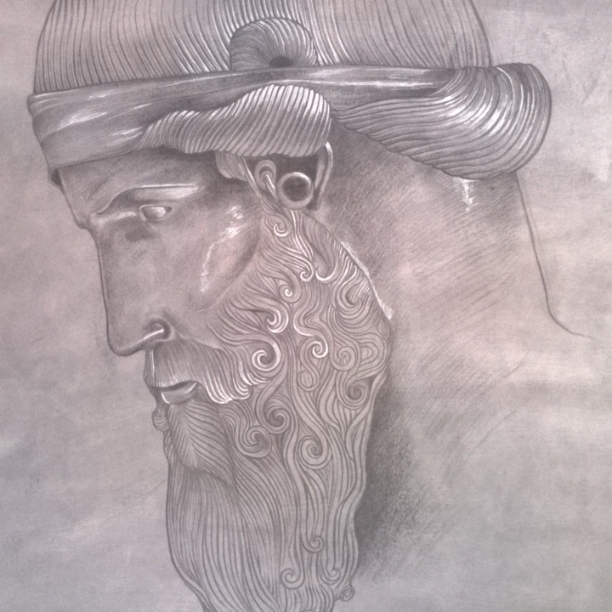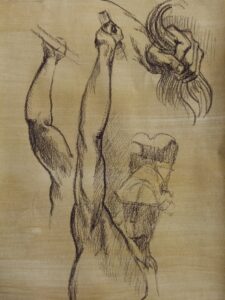Hellenistic art history is a fascinating and complex subject that encompasses a wide range of artistic styles and cultural influences during the Hellenistic period in ancient Greece. The Hellenistic period, which began with the death of Alexander the Great in 323 BCE and lasted until the Roman conquest of Greece in 146 BC, was characterized by a blending of Greek, Egyptian, Persian, and other artistic traditions.
During this period, artists began to move away from the idealized forms of Classical Greek art and towards a more naturalistic and expressive style. Sculptors began to experiment with different poses and gestures, creating dynamic and emotional works that captured the diversity and energy of the Hellenistic world. One of the most famous examples of Hellenistic sculpture is the Laocoon and his Sons, a monumental sculpture depicting a scene from Greek mythology that is both highly dramatic and highly realistic in its portrayal of human emotion.
In addition to sculpture, Hellenistic artists also excelled in other forms of art, including painting, pottery, and metalwork. The Hellenistic period saw the rise of new techniques and styles in these mediums, as artists sought to push the boundaries of what was possible in art. One of the most important developments in Hellenistic painting was the use of foreshortening, a technique that creates the illusion of depth and perspective in two-dimensional paintings.
The Hellenistic period was also a time of great artistic and cultural exchange, as Greek artists came into contact with the artistic traditions of other cultures, such as the Egyptians and the Persians. This cross-cultural exchange led to the development of new artistic techniques and styles, as artists borrowed and adapted ideas from other cultures to create unique and innovative works of art. One notable example of this influence is the use of Egyptian motifs in Hellenistic sculpture, such as the inclusion of sphinxes and other Egyptian symbols in Greek artwork.
Another important aspect of Hellenistic art history is the role of patronage in the creation and dissemination of art. The Hellenistic period saw the rise of wealthy patrons who commissioned works of art to adorn their homes, temples, and public spaces. These patrons played a crucial role in shaping the direction of Hellenistic art, as they were often the ones who decided what subjects were depicted and how they were portrayed.
The Hellenistic period also saw the emergence of new artistic movements and schools, such as the School of Pergamon and the School of Rhodes, which produced some of the most iconic works of Hellenistic art. These schools were centers of artistic innovation and experimentation, where artists could collaborate and learn from one another to create new and exciting works of art. The School of Pergamon, for example, produced the famous Altar of Zeus, a monumental sculpture that is considered one of the masterpieces of Hellenistic art.
One of the most distinctive features of Hellenistic art is its emphasis on individualism and emotion. Hellenistic artists sought to capture the complex and varied emotions of their subjects, creating works that were deeply expressive and engaging. This focus on emotion and individuality is reflected in the realistic and lifelike portrayals of figures in Hellenistic art, as well as in the use of dynamic poses and gestures to convey a sense of movement and drama.
Despite its artistic achievements, Hellenistic art history is not without its controversies. Some scholars have criticized Hellenistic art for being overly dramatic and sentimental, lacking the restraint and refinement of Classical Greek art. Others have argued that Hellenistic art was too eclectic and derivative, borrowing too heavily from the artistic traditions of other cultures without adding anything new or original.
In conclusion, Hellenistic art history is a rich and complex field of study that offers insight into the artistic achievements and cultural exchanges of the Hellenistic period. From the dynamic and expressive sculptures of the Laocoon and his Sons to the innovative techniques of Hellenistic painting and metalwork, Hellenistic art reflects the diverse and dynamic world of ancient Greece. By examining the techniques, styles, and influences of Hellenistic art, we can gain a greater understanding of the creative achievements of this fascinating period in art history.




